
5 Scotch Regions - Lowland Whiskies
The Lowland region in Scotland is situated in the southern part of the country, stretching from the border with England in the south, and encompassing Glasgow and Edinburgh to the north. It is known for its relatively flat and fertile landscape, which contrasts with the rugged terrains of other whisky regions of Scotland, found to the north and west.
There are a number of geographical characteristics that define the Lowland region and differentiate it from the other whisky producing regions:
As the name suggests, the Lowland region is characterized by its low elevation. The land is relatively flat compared to the other whisky regions in Scotland, which contributes to a milder climate and gentler topography.
The Lowland is renowned for its fertile soils, making it ideal for agriculture. The region is dotted with lush farmlands, where crops like barley, the primary grain used in whisky production, are cultivated. The presence of fertile land has historically made the Lowland region a significant agricultural center.
The Lowland is crisscrossed by several rivers, including the River Clyde, River Tweed, and River Forth. These waterways play a crucial role in providing ample water sources for whisky production, facilitating the process of malting, mashing, and fermentation in distilleries.
The Lowland region has a significant coastal presence, with the North Sea bordering the eastern side. The coastal proximity influences the region's climate, bringing maritime influences that contribute to the softness and delicacy found in some Lowland whiskies.
Historically, the Lowland had a high concentration of distilleries, although the number has decreased significantly over time. The remaining distilleries in the region often have ties to the rich whisky heritage of the area and continue to produce a range of styles, albeit on a smaller scale compared to other regions such as Highland and Speyside.
The Lowland region is easily accessible due to its proximity to major cities like Glasgow and Edinburgh. This accessibility has made it a popular destination for whisky lovers, who can explore the distilleries and delve into the history and traditions of Scotch whisky production.
Overall, the Lowland region's geographical characteristics contribute to the distinct character of its whiskies. The gentle landscape, fertile farmlands, presence of water sources, and coastal influences combine to create whiskies with a lighter, softer, and more delicate profile, distinguishing them from the bold and robust expressions found in other regions of Scotland.
Whisky Production Style in the Lowland
The whisky production style in the Lowland region of Scotland is characterized by its emphasis on creating lighter and more delicate whiskies. Here is an overview of the whisky production style in the Lowland:
Historically, the Lowland region was known for its triple distillation process, which differed from the double distillation process commonly used in other regions of Scotland. Triple distillation involves passing the spirit through three separate stills, resulting in a smoother and more refined spirit. While not all Lowland distilleries adhere to this method today, some still practice triple distillation, contributing to the region's reputation for producing exceptionally smooth whiskies.
Lowland whiskies are typically unpeated or lightly peated, meaning that they have a minimal smoky or peaty character. Unlike regions like Islay, where peat is abundant and heavily influences the whisky flavour, the Lowland focus on showcasing the natural flavours of the malted barley without the dominance of smoke. This results in whiskies that are often described as clean, crisp, and approachable.
The maturation process is a crucial stage in whisky production, and the Lowland often utilize a variety of cask types for aging. The choice of cask, including bourbon barrels, sherry casks, or wine casks, contributes to the flavours and aromas imparted during maturation. Lowland whiskies are known for their subtle oak influence, with maturation often emphasizing the development of delicate fruit, floral, and vanilla notes.
The lighter distillation and milder climate in the region allow the delicate flavours of the malted barley to shine through. Lowland whiskies commonly exhibit notes of citrus, green apple, pear, grass, and hints of vanilla and honey. These flavours contribute to a smooth and approachable drinking experience.
Overall, Lowland whiskies are often enjoyed for their gentle and elegant nature, making them appealing to both novice whisky drinkers and whisky lovers seeking a lighter alternative to more robust styles.
While the production style in the Lowland has evolved over time and not all distilleries adhere strictly to these characteristics, the region's whiskies continue to be appreciated for their finesse, delicate flavours, and smoothness that sets the region apart.
Flavour Profile and Characteristics of Lowland Whiskies
Lowland whiskies, known for their lighter and more delicate character, exhibit a distinct flavour profile and set of characteristics.
Lowland whiskies are often described as having a light and floral character. They frequently display delicate floral notes such as blossom, heather, or rose petals. These floral aromas contribute to an elegant and refreshing drinking experience
Lowland whiskies often showcase citrus flavours, including notes of lemon, lime, and grapefruit. These citrusy undertones provide a zesty and invigorating quality to the whiskies, adding a touch of brightness to the overall profile.
Alongside citrus, Lowland whiskies may feature the flavours of fresh fruits. Green apple, pear, and apricot are commonly found, lending a crisp and juicy quality to the whiskies. These fruity notes add a pleasant sweetness without overpowering the delicate nature of the spirit.
Lowland whiskies tend to have a soft and smooth mouthfeel, often with a subtle sweetness. This sweetness can manifest as flavours of honey, vanilla, or light caramel, contributing to a gentle and approachable drinking experience.
Some Lowland whiskies may display hints of freshly cut grass, cereals, or hay. These earthy undertones add a touch of depth to the flavour profile and provide a connection to the region's agricultural heritage.
While not as pronounced as in whiskies from other regions, Lowland whiskies may exhibit a subtle spiciness. This can manifest as notes of white pepper, ginger, or a hint of baking spices, adding a gentle warmth to the overall flavour profile.
Lowland whiskies are typically matured in a variety of casks, including bourbon barrels, sherry casks, and sometimes red or white wine casks. The oak influence is usually delicate, imparting mild flavours of vanilla, coconut, or a hint of oak spice.
These flavour profiles and characteristics vary depending on the specific expressions from different distilleries within the Lowland region.
Notable Distilleries and Their Unique Features
The Lowland region currently has around 20 malt distilleries, and 6 grain distilleries which produce grain whisky for blended scotch, as well as a small amount bottled as Single Grain whisky. While the number of active distilleries in the Lowland region of Scotland has dropped over time, there are still notable distilleries that produce whiskies with their own unique characteristics. Here are some of the notable Lowland distilleries and their defining features:
Auchentoshan Distillery
Located near Glasgow, Auchentoshan is known for its triple distillation process, which contributes to the production of smooth and approachable whiskies. Founded in 1823, Auchentoshan whiskies often exhibit a light and delicate character with notes of citrus, vanilla, and floral tones. They are typically un-peated, allowing the flavours of the malted barley to take center stage.
Auchentoshan has some interesting and unique products including Three Wood, Dark Oak, Blood Oak, and a Sauvignon Blanc finished Single Malt, among others.
Glenkinchie Distillery
Situated in East Lothian, about 15 minutes from Edinburgh, Glenkinchie is known as the "Edinburgh Malt." Depending on the source, Glenkinchie was founded in either 1825, or 1837. Glenkinchie whiskies are revered for their light and fresh characteristics including light fruitiness, floral notes, and a creamy taste. According to the Glenkinchie website, their whiskies are known for evoking fragrant flowers, dried cut grass, and nutty cereal.
Glenkinchie whiskies are typically un-peated which helps to create their smooth and accessible profile.
Bladnoch Distillery
Located in Wigtownshire, Bladnoch was founded in 1817, making it one of the oldest distilleries in Scotland. After a temporary closure, it reopened in 2020 and continues to produce Lowland whiskies. Bladnoch whiskies showcase a refined and elegant style and tend to have a light to medium body with flavours of citrus, honey, vanilla, and gentle spices.
The whiskies from Bladnoch often undergo a combination of bourbon and sherry cask maturation, adding complexity to their profile.
Kingsbarns
One more distillery you might like to try is Kingsbarns. It is a relatively new distillery, founded in 2014, but they are producing some very nice whisky. I have one of their limited release Single Cask expressions, distilled from local Fife barley, which is nice, light and soft. Some of their releases are younger than you normally see with Scotch, but they are producing some quality whisky just the same.
These are just a few notable distilleries in the Lowland region, each with its own distinct characteristics and flavour profiles. While the Lowland whiskies generally share a reputation for being lighter and more delicate, these distilleries offer variations within that style.
If you're new to Scotch and would like to explore the Lowland's I would recommend starting with something from Auchentoshan, their Bourbon and Sherry Cask, and their American Oak releases are quite nice, very light and approachable.
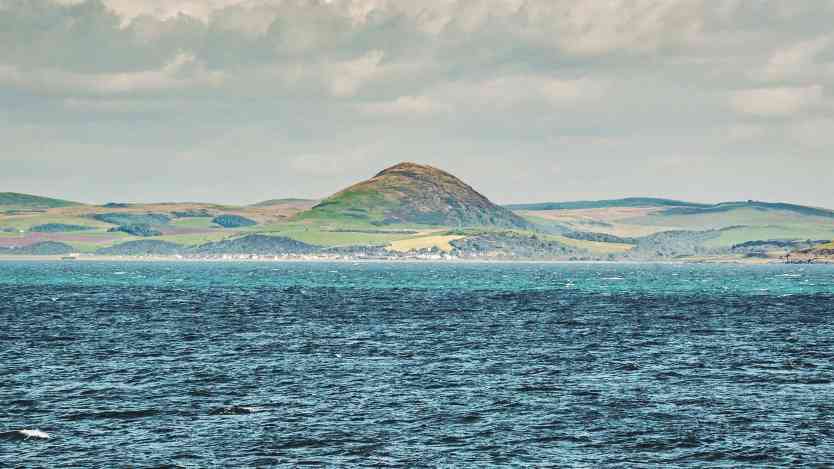

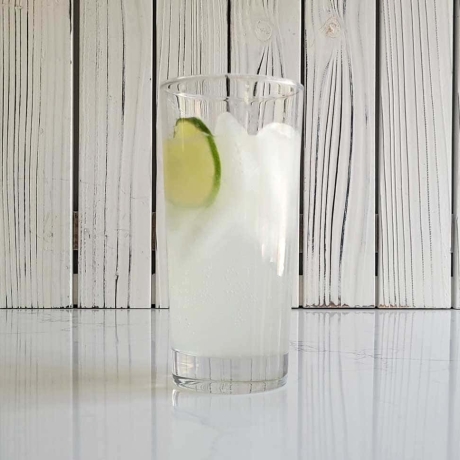
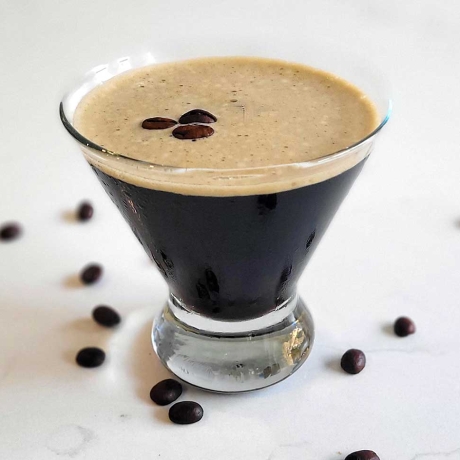


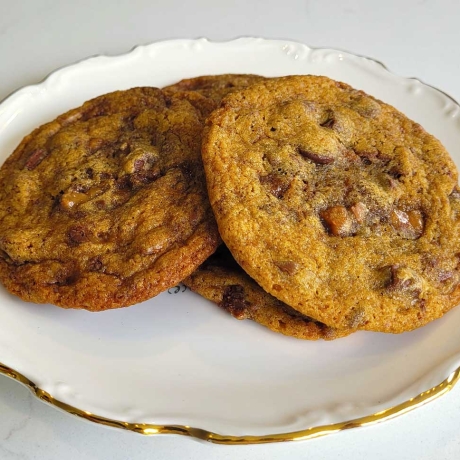

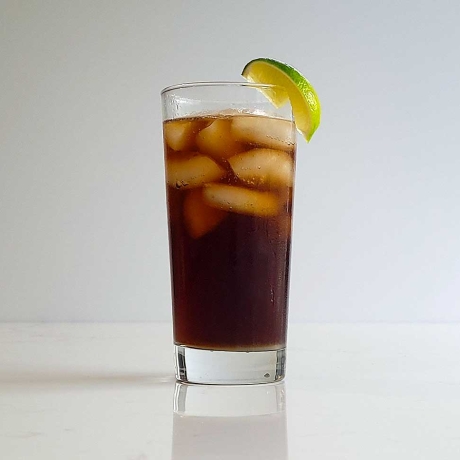
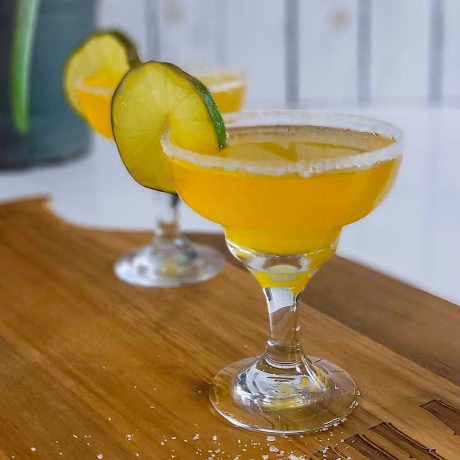
Comments
Be the first to leave a comment.